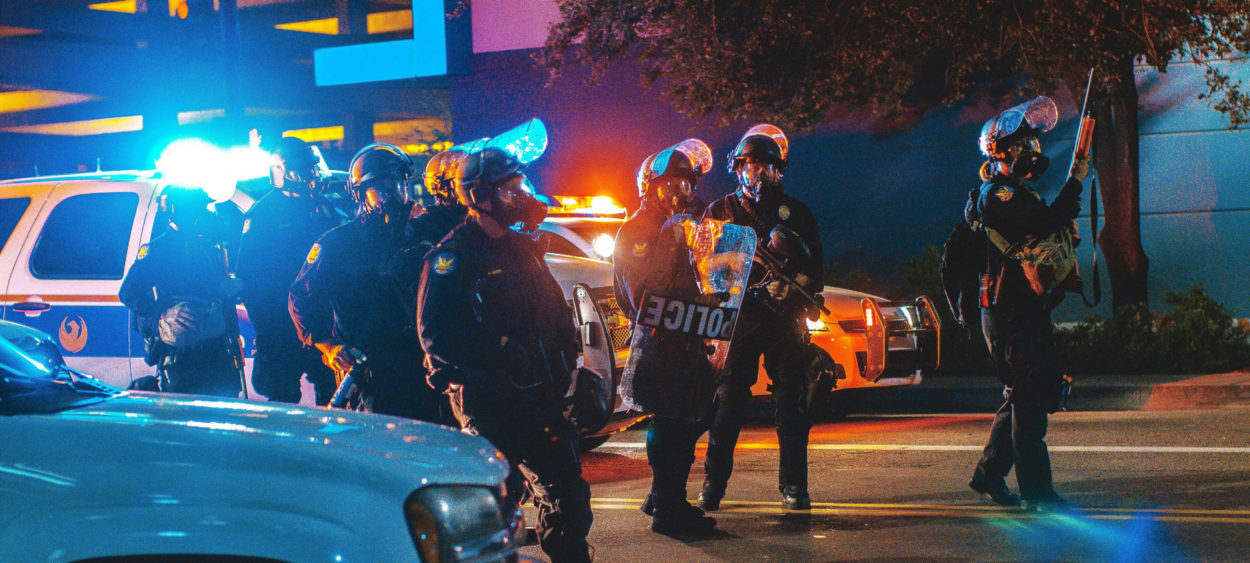
Humans have a strong drive to protect their own lives – and to a greater degree – that of their offspring. How do you get peace officers to overcome their own self-preservation drives to go help others? The bigger question is: How do you get them comfortable with being in those life-ending situations and allow them to cognitively work through the challenges they are going to face? Creative problem solving is compromised with high levels of sympathetic nervous system arousal, which is part of the fight, flight, freeze, posture, or submit response we see in humans. An illustration of this comes from Mike Tyson’s quote, “Everyone has a plan until you punch them in the mouth.”
How do you get peace officers comfortable in life-or-death situations and mitigate them from being overwhelmed with the negative effects? Simply, you have to put them in events just like these and get them comfortable being there. Put them repeatedly in situations that simulate the threat to their mortality. The question is how?
One path to this is to train jujitsu. I specifically name jujitsu because the goal of this martial art is to place your opponent’s body – or parts of it – in a position that could cause them to lose consciousness or break a limb. Hold it long enough and the person can die. Participating in jujitsu places you in a position where someone else is intentionally positioning themselves to injure or even kill you. You have to learn early on how to navigate between being in danger and being close to danger – there is a difference. Having someone’s arm around your neck ready to restrict the flow of oxygenated blood as they are trying to get it into the right position using pressure that will surely cause you to pass out, and being comfortable with that, is a learned skill. Learning to be that close to danger and be able to maintain composure and the ability to problem solve occurs with many repetitions of being in that situation.
The VirTra simulators are another way to produce contextually rich environments that threaten the safety of the participants. The context comes from the high-quality filming of the characters in realistic environments, and the threat to safety comes from the V-Threat-Fire®. The V-Threat-Fire is paired with an on-screen threat such as a gunshot, stabbing, explosion, etc. If an officer does not mitigate the risk to their safety, the device is activated and the electric shock causes pain. A threat action can occur on-screen at any point, and if you do not stop it, you will feel the sting of the V-Threat-Fire. Similar to the need to block an arm to prevent a choke: miss it, and its tap-out or blackout.
We need to do more than just stress exposure. We need to do stress inoculation which includes the development of coping strategies and skills under threat conditions. This is missed in law enforcement. Do you want them to get used to going into harm’s way and be able to do it when called upon? Then you have to provide the type of training and the frequency of training that conditions this response. This is a perishable skill that needs ongoing reinforcement.
Recently Published
Join Our Newsletter







